How to Store White Tea (or Just About Any Other Type of Tea)
As the popularity of white tea increases, so do the number of questions about proper storage for this minimally processed tea. Well, we’re going to clear that up now.
When it comes to storing and ageing teas, puer is usually the first thing that comes to mind. But now that people are making a big deal out of aged white teas, more and more cakes are being purchased with the hopes of turning those babies into gold in the future. Similar to puer, it’s going to take time and patience.
If you’re already familiar with storing puer or have a setup in place that works for you, that’s good. Some of that can carry over to white tea. Recommendations that stay the same:
- Avoid sunlight. This is the biggest for any tea, not just puer or white. All teas are vampires and hate the sun.
- Avoid strong scents or fragrances. Again, they’re vampires, so no garlic. Actually, no cooking smells in general. Perfumes, fragrances or other bathroom or cleaning smells should also be kept at a distance and not enter the same room as your tea. This also applies to all teas.
- Keep teas of a kind together. Just as you would keep your sheng with sheng, shou with shou and not mix the cakes in the same container or closed area, you should keep your white tea cakes together. You can choose to separate them further by types/regions/ages if you want, but this is probably not crucial, especially if you’re short on space.
These are recommendations that carry over for any tea, whether storing for a short or long period of time. But if we are trying age puer and white tea for a long period, why would anything need to be different? The reason is that the changes they undergo are not identical.
Puer undergoes both oxidization and fermentation. This means it’s (slowly) reacting with the air to oxidize, similar to what happens to black tea in a much more deliberate and shorter amount of time, making the soup darker and smoother. And due to the fact that it has not be fixed at a high enough temperature or long enough duration, it also undergoes fermentation on a microbial level due to the presence of active enzymes, which requires a certain degree of moisture and can also be affected by temperature. This is why some people worry about too dry of an environment “drying out” their puer.
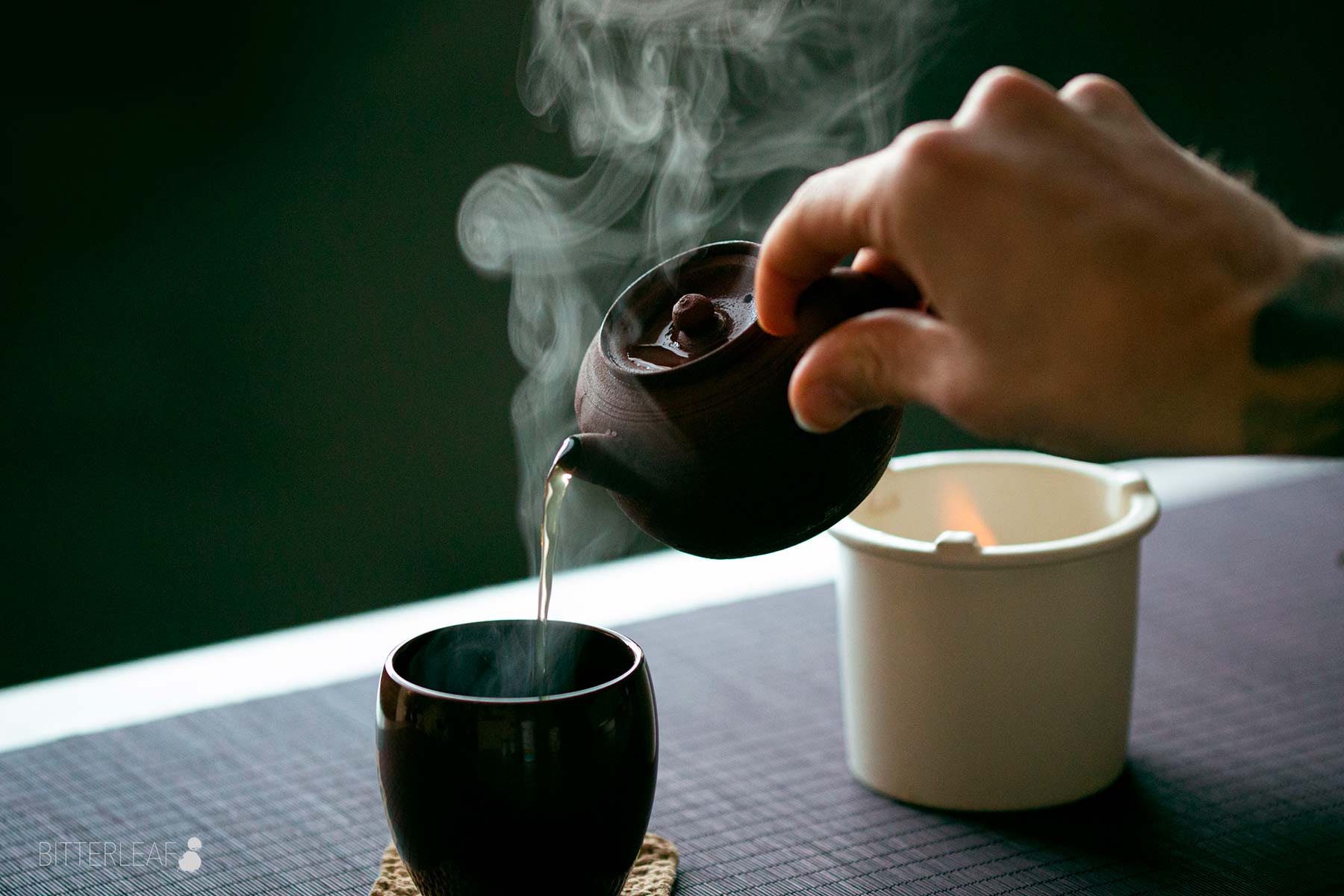
White tea, on the other hand, continues its ageing only by way of oxidization. In this case, only air is involved, and additional humidity will not help or speed up the process like it does with puer. So unlike with puer, our recommendations for white tea-specific storage would be:
- Avoid humidity. Keep the cakes as dry as possible. This will help retain flavour and fragrance, and in more extreme cases avoid mold. Your white tea is not at risk of drying out as with your puer.
- Keep it at a relatively low temperature. Additional heat is not necessary and again just hurts the overall fragrance. A dark, cool environment is ideal. You also don’t want to go too low – don’t put your white tea in the fridge or freezer. 15-20c is just fine.
- Restrict airflow. A theoretical argument against this could be made as white tea’s ageing process is oxidization based, but we’re still inclined to err on the side of caution. Some airflow is good for puer, but black, green, wulong, yellow, etc teas tend to experience reduced fragrance.
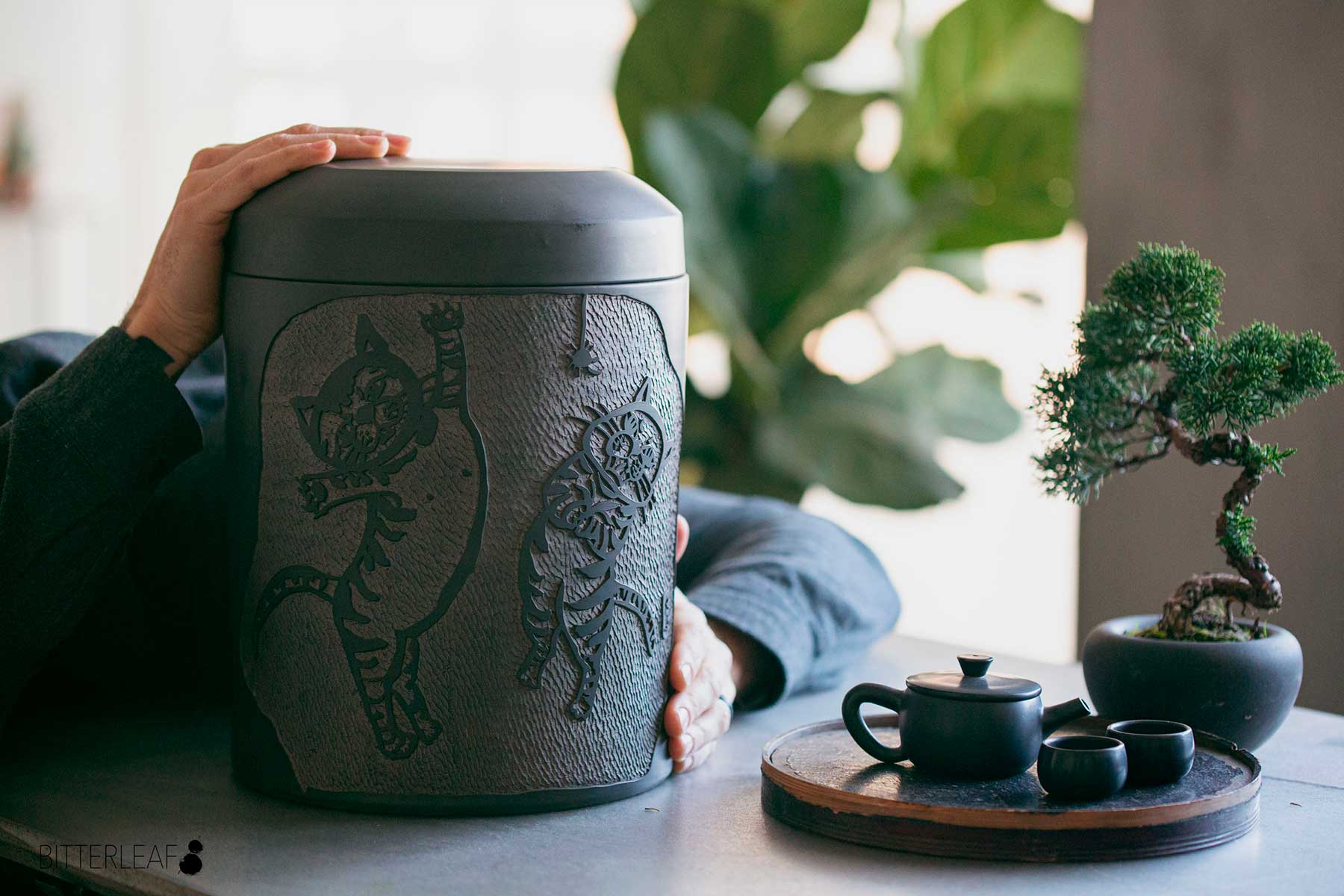
The last unanswered question is of what type of container to store your white tea in. Open air is not ideal for long term storage as you won’t be able to restrict airflow or maintain stable humidity in some cases. This leaves a few options:
- Plastic bins or containers that seal. Just make sure they don’t give off any unpleasant or unnatural smells.
- Cardboard boxes can work too, but again, check for smells, as not all boxes are created equal.
- If you want to step it up a notch, then clay jars made out of something like Jianshui zitao will both provide a very stable microclimate and be pleasant on the eyes (we even know a place that sells them).
- A cupboard or closet. This is less ideal than the above options, but is not the worst. Just make sure your tea is not on a shelf above your spices or stove.
- Regardless of which options option you choose, it also doesn’t hurt to use Ziploc bags as a first layer for your white tea cakes. This will seal them off from the scary outside world and just provide an extra layer of protection.
Once you’ve done all that, just sit and wait. Your white tea will be transformed into gold in no time! And by no time we mean a few years. And by gold we mean a different tasting tea. If you’re in need of some material to start the process, we’ve also got you covered.


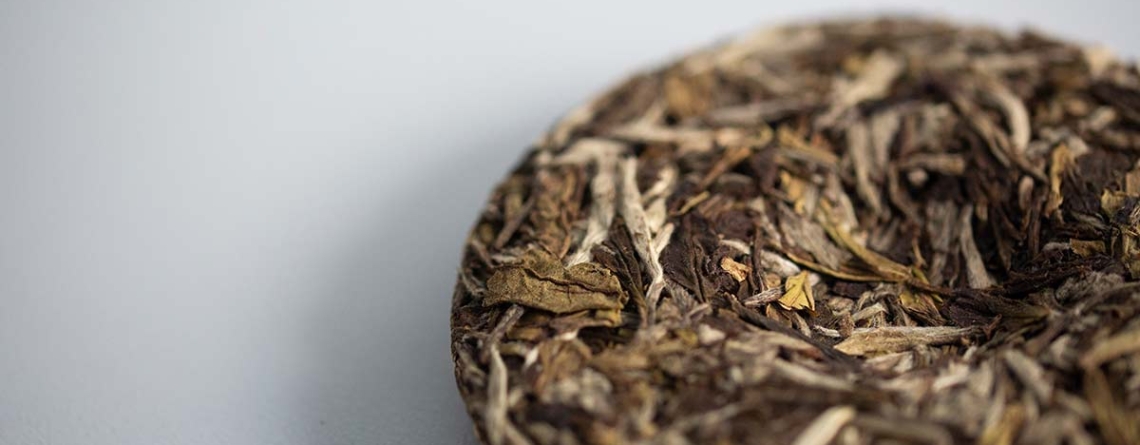
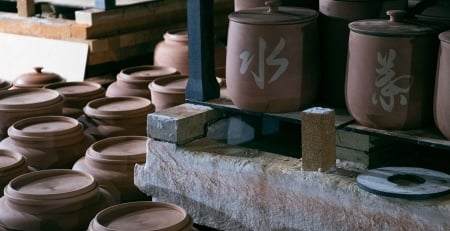
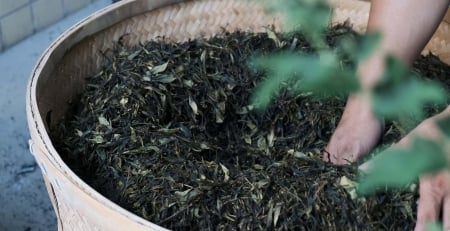
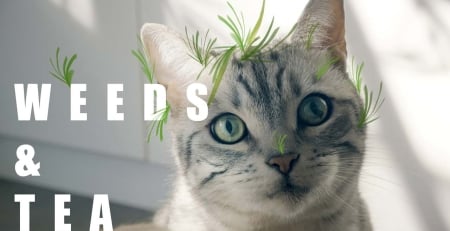
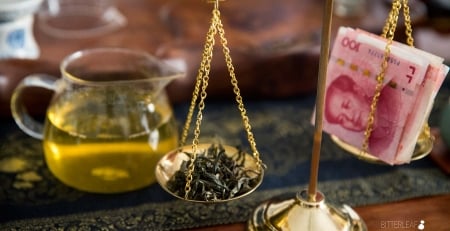
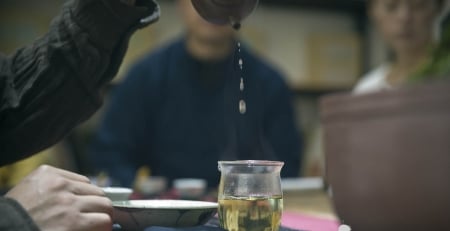
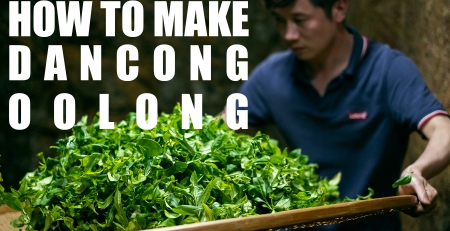
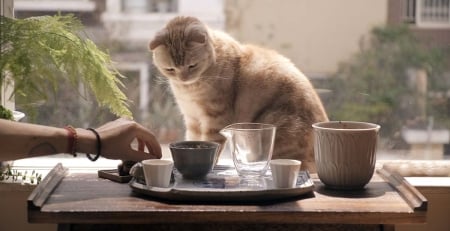
Leave a Reply
You must be logged in to post a comment.